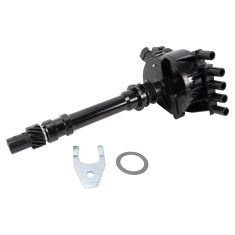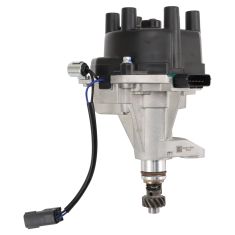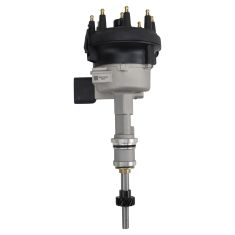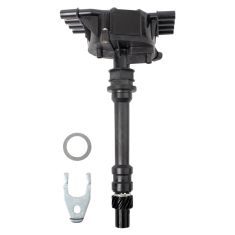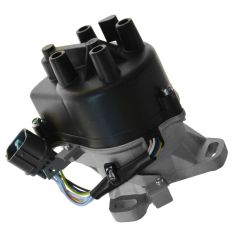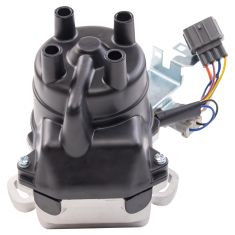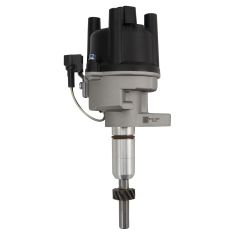Distributors
-
-
- Air Deflectors & Valance Panels
- Battery Trays & Related
- Body Panels
- Bumpers & Related - Front & Rear
- Convertible Tops, Soft Tops, & Parts
- Decal & Stripe Kits
- Emblems & Nameplates
- Engine Compartment Trim
- Frame Parts & Bushings
- Fuel Door Parts
- Fuel Tank Filler Neck
- Grille
- Header Panel
- Hood & Hatch Lift Supports
- Hood Latch & Catch Brackets
- Hood Release Cable
- Jack Pads
- Radiator Supports
- Rust Repair Panels
- Splash Shields & Fender Liners
- Tailgate Cables
- Tailgate Hinges & Related
- Weatherstripping
-
- Exterior Lighting
- Exterior Parts & Accessories
- Fender Flares
- License Plate Brackets & Frames
- Mud Flaps & Splash Guards
- Nerf Bars, Side Steps, Running Boards
- Radio Antenna
- Rain Deflectors
- Roll Bars, Light Bars, & Related
- Skid Plates
- Spare Tire Carriers & Related
- Tonneau Covers
- Tow Hooks & D-Shackles
- Trailer Hitch & Components
-
- Accelerator Pedals & Sensors
- Cruise Control Switch & Lever
- Electrical Parts
- Hazard Switch
- Ignition Key Lock Cylinder
- Ignition Switch
- Keyless Entry Remote & Related
- Neutral Safety Switch
- Parking Assist Cameras & Monitors
- Power Mirror Switch
- Power Seat Switches
- Power Window Switch
- Radio, Navigation, Entertainment
- Reverse Light Switch
- Trunk Release & Lock Solenoids
- Turn Signal Switches and Levers
- Windshield Wiper Switch
-
- Idler Arm
- Pitman Arm
- Power Steering Hoses
- Power Steering Pressure Sensor
- Power Steering Pump
- Power Steering Pump Pulley
- Power Steering Pump Reservoir
- Steering Dampers
- Steering Knuckles and Spindles
- Steering Rack and Gear Boxes
- Steering Shafts & Couplers
- Steering Wheels & Column Parts
- Tie Rods & Adjusting Sleeves
-
-
-
94
10
10
10
-
Notify When Available$104.95Save 13%List $120.95 Save $16.00Brand: TRQ - EDA64942$104.95Save 13%List $120.95 Save $16.00
-
Notify When Available$124.95Save 27%List $171.95 Save $47.00Brand: TRQ - EDA71784$124.95Save 27%List $171.95 Save $47.00
-
Notify When Available$104.95Save 26%List $141.95 Save $37.00
Replaces Ford Distributor TRQ EDA71749
Brand: TRQ - EDA71749$104.95Save 26%List $141.95 Save $37.00 -
Notify When Available$94.95Save 11%List $106.95 Save $12.00Brand: TRQ - EDA64930$94.95Save 11%List $106.95 Save $12.00
-
Notify When Available$120.95Save 27%List $165.95 Save $45.00Brand: TRQ - EDA71773$120.95Save 27%List $165.95 Save $45.00
-
Notify When Available$119.95Save 28%List $166.95 Save $47.00Brand: TRQ - EDA64923$119.95Save 28%List $166.95 Save $47.00
-
Notify When Available
Replaces 1994-95 Honda Accord EX L4 2.2L Engine Designation F22B1 Distributor TRQ EDA64928
Brand: TRQ- EDA64928$110.95Save 33%List $164.95 Save $54.00Brand: TRQ - EDA64928$110.95Save 33%List $164.95 Save $54.00 -
Notify When Available$114.95Save 31%List $165.95 Save $51.00Brand: TRQ - EDA71738$114.95Save 31%List $165.95 Save $51.00
-
Notify When Available$74.95Save 29%List $105.95 Save $31.00Brand: TRQ - EDA71787$74.95Save 29%List $105.95 Save $31.00
-
Notify When Available$74.95Save 32%List $109.95 Save $35.00Brand: TRQ - EDA71806$74.95Save 32%List $109.95 Save $35.00
loading...
Choose the Make of Your Vehicle
